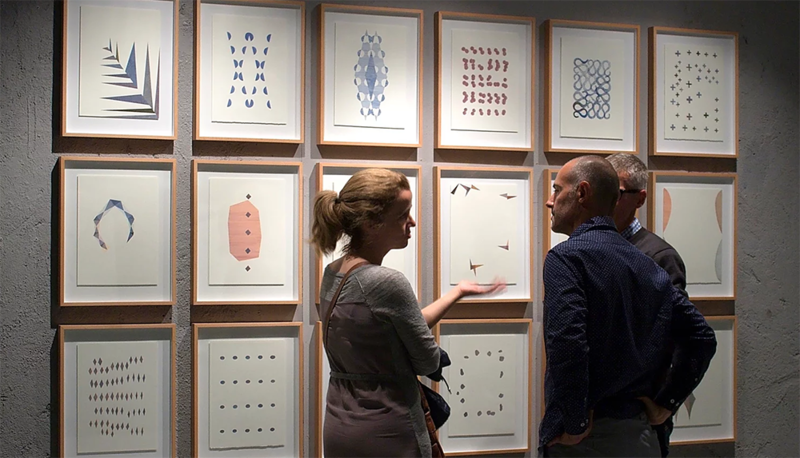
Artists are not only known for being incredibly good at what they do, but they also have a reputation for their self-doubt. Between artists, it’s an ongoing joke.
Because of this, artists think twice—or a hundred times—before putting their works out there. Even the best and most acclaimed ones out there aren’t safe from this. However, showing your art to the world has so many benefits for the artist.
Putting Your Art Out There Means an Audience and More Critique
Getting exposure for your art is more than just fame, marketing, or getting sales. Growing your audience also means that you’ll receive more criticism about it. Art is always open to this, but criticism, in this case, is good. Because it shows the artist the points they need to improve on, the artist can continue to refine their skills.
They can explore different styles and experiment on their art without losing track of the artfulness—if that is the basis of judgment—of their works. This way, the critique guides them to be on the right past, so they can continue excelling in their craft. The next time they shift their material from a colorful mural to intricate drawings on black cardstock, their art would still be good.
People Can Critique Something and Still Enjoy It
Some artists doubt their capabilities because of the amount of criticism they receive, or they think they would receive. This doesn’t mean their art is bad. It can simply be better, and the audience knows this. Sometimes, it helps to remember that the art critics give the artist comments because they see the potential of both the art and the artist.
For audiences who want to be active consumers of the art, this means that the work is piquing their interest enough to elicit critical thinking. This should be a more than welcome response because one of the purposes of art is to reflect society. When people—may it be a professional art critic or an ordinary person—interpret art, another layer of politics is added to it.
The Responsibilities of an Artist
“Art for art’s sake,” The Formalist Critique, entertainment—these are the defense of those who refuse to think of art as something inherently political. According to these arguments, people should take art without its context as if it doesn’t exist in the realm of our current realities. It’s a piece as it is, nothing more, nothing less. However, the artist upholds a responsibility to their audience.
To Take Care of Its Audience
Take for example the controversial Netflix Original, 13 Reasons Why. First, although this part has already been taken down, it explicitly showed the death of Hannah Baker which can trigger many people, endangering their lives. Second, it blatantly justifies the actions of Bryce—a serial rapist, not to mention a giant bully—by giving him character redemption. Third… the episode entitled “Bye” and several other scenes depicting sexual assault.
The social responsibility, then, of an artist is to take care of its audience. This is not to say that art can’t be dark, grim, and representative of the bleakness of life because it could. Several masterpieces of sorts are part of the canon.
What it means is this: don’t open doors you can’t close. In the case of 13 Reasons Why, the solution is careful, thoughtful, and well-researched handling of the subject. A trigger warning also helps.
To Present the Cold, Hard Truths
It’s not enough to present the flaw in society. The artist needs to ask, “What can I do with this flaw?”
Consider comparing Parasite (2019) and The Platform (2020). Parasite depicts the class divide. You see the differences in the families’ lifestyles, but this is taken further because the characters react to the various conflicts socioeconomic disparities bring. Therefore, it raises important questions: Is the only way out of such oppression is to be part of the oppressors? What are the hopes, if any, for those living in poverty?
On the other hand, The Platform simply presents the problem which is socioeconomic greed. Sure, it’s a full-length film illustrating the unfair dissemination of wealth, but it’s a little too “on-the-nose.” As Wisecrack reiterates in their discussion of the latter film, “Good art furthers the conversation.”
Breaking free from the paralyzing curse of an artist’s self-doubt can be difficult to do. Once you’ve done it, you’re going to open more doors for your career—not only in terms of financial gain and advancement but also the opportunities of honing your craft. When you put your art out there, be ready for criticism and always uphold the social responsibilities of an artist.
Meta title: Putting Art Out There Is More Than Just Getting an Audience
Meta description: Finally getting your art in public opens a lot of opportunities for career improvement as well as honing your craft.







